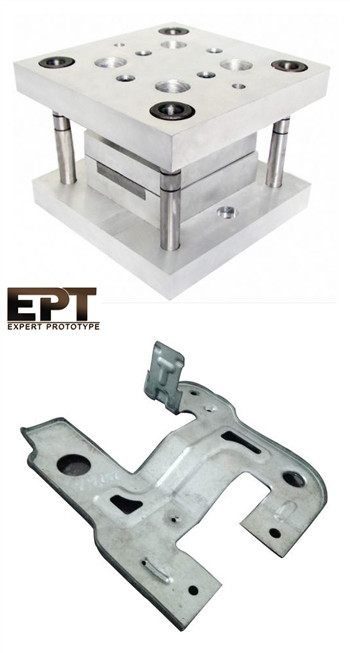[ Instrument Network Instrument R & D ] Aqueous sodium ion batteries have both the advantages of rich sodium resource reserves and the intrinsic safety of aqueous electrolytes. Previously, researchers made some explorations on aqueous sodium ion battery systems. At present, water-based sodium ion batteries are mainly restricted by the narrow voltage window (less than 2 V) of the water-based electrolyte, which further limits the improvement of key electrochemical performance indicators such as output voltage, energy density, and cycle life of water-based sodium ion batteries. The voltage window aqueous electrolyte is the key core technology to achieve high-performance aqueous sodium ion batteries.
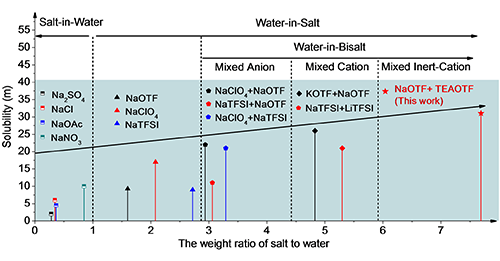
Sodium-ion battery is a secondary battery (rechargeable battery), which mainly depends on the movement of sodium ions between the positive and negative electrodes to work, similar to the working principle of lithium-ion batteries. Its working principle is that during the charge and discharge process, Na + is inserted and pulled back and forth between the two electrodes: during charging, Na + is de-intercalated from the positive electrode and inserted into the negative electrode through the electrolyte; the opposite is true when discharging. The new 18650 sodium ion battery uses sodium ion transfer instead of lithium ion to store and release electrical energy.
Compared with lithium-ion batteries, sodium-ion batteries have the following advantages: (1) The sodium salt has abundant raw material reserves and low prices. The use of iron-manganese-nickel-based cathode materials has reduced the cost of raw materials by half compared to ternary cathode materials for lithium-ion batteries; 2) Due to the characteristics of sodium salts, low-concentration electrolytes (with the same concentration of electrolytes, the conductivity of sodium salts is about 20% higher than that of lithium electrolytes) are allowed to reduce costs; (3) sodium ions do not form alloys with aluminum, and aluminum foil can be used for the negative electrode As a current collector, it can further reduce the cost by about 8% and the weight by about 10%; (4) Because the sodium ion battery has no over-discharge characteristics, it allows the sodium ion battery to discharge to zero volts. The energy density of sodium ion batteries is greater than 100Wh / kg, which is comparable to lithium iron phosphate batteries, but its cost advantage is obvious, and it is expected to replace traditional lead-acid batteries in large-scale energy storage.
Recently, Jiang Liwei, Ph.D. student in the E01 group of the Clean Energy Key Laboratory of the National Research Center for Condensed Matter Physics, Institute of Physics, Chinese Academy of Sciences, under the guidance of researcher Hu Yongsheng and associate researcher Suo Minmin, (TEAOTF) salt and sodium trifluoromethanesulfonate (NaOTF) salt were dissolved together in water, and a new type of water-in-Salt electrolyte (9 m NaOTF + 22 m TEAOTF) containing inert cations was designed. ). The electrolyte can not only achieve a wide voltage window (~ 3.3 V), but also effectively inhibit the electrode material from dissolving in the cyclic process, and because of the large TEA + cation radius (the calculated value is 3.6 Angstroms), it will not embed positive and negative Electrode material, to avoid the common cation co-intercalation problem of mixed cationic electrolyte.
In addition, Raman spectroscopy and nuclear magnetic resonance spectroscopy show that TEA + and OTF- anions and cations interact weakly in this new type of ultra-high salt concentration electrolyte, which makes it relatively low viscosity even at 31 m ultra-high salt concentration And higher conductivity.
Raman spectra are a type of scattering spectrum. Raman spectroscopy is based on the Raman scattering effect found by Indian scientist CV Raman, and analyzes the scattering spectrum with a frequency different from the incident light to obtain information on molecular vibration and rotation, and is used in molecular structure research An analytical method. Nuclear Magnetic Resonance Spectroscopy (NMR) NMR is a powerful tool for studying the absorption of radio-frequency radiation by atomic nuclei. It is one of the powerful tools for the qualitative analysis of the composition and structure of various organic and inorganic substances. Sometimes quantitative analysis is also possible.
Molecular dynamics simulations further revealed that the anion and cation coordination in the two solutions is different: Na + ions coordinate with one oxygen atom in OTF-, while TEA + ions coordinate with two oxygen atoms in OTF-. The Na1.88Mn (Fe (CN) 6) 0.97 · 1.35H2O (NaMnHCF) // NaTiOPO4 full cell assembled with this electrolyte shows excellent electrical performance at low rate (0.25C) or high rate (1C) Chemical properties (0.25C, 200 weeks, 90% retention; 1C, 800 weeks, 76% retention).
Source: Encyclopedia, Institute of Physics
Prototype Tooling for Preseries and small-batch series production
By working closely with the customer and design team, we understand that real materials and higher quantities of parts are critical for testing, development,bridge production and clinical builds in very tight schedule.
Prototype tooling offers complex injection molded parts with the shortest possible lead times.
You don`t have to re-design or simplify your parts for prototype tooling because our revolutionary process allows for undercuts and production quality tolerances and surface finishes.
Our experienced Rapid Tooling and molding engineers will work with the customer throughout the entire process and can transition the customer to our production level molds when production quantities require.
EPT team has extensive experience producing the following types of Rapid Toolings:
1. Injection Soft Tooling for Plastic Parts
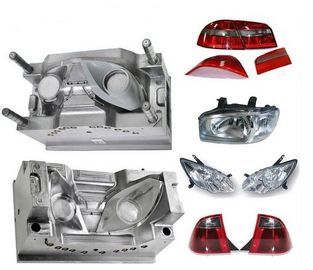
2. Blowing Soft Tooling for Hollow Blow Parts
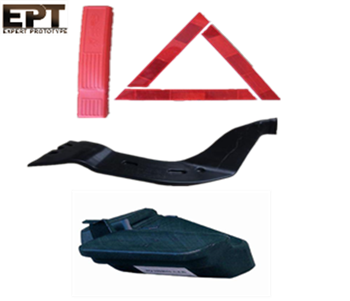
3. Die Casting Soft Tooling for Aluminium /Zinc Alloy Parts
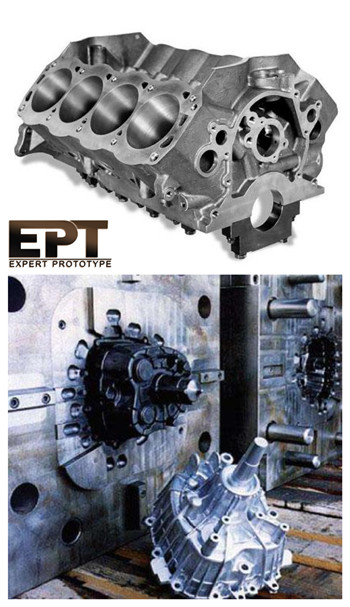
4. Sheet Metal Soft Tooling for Stamping Parts
